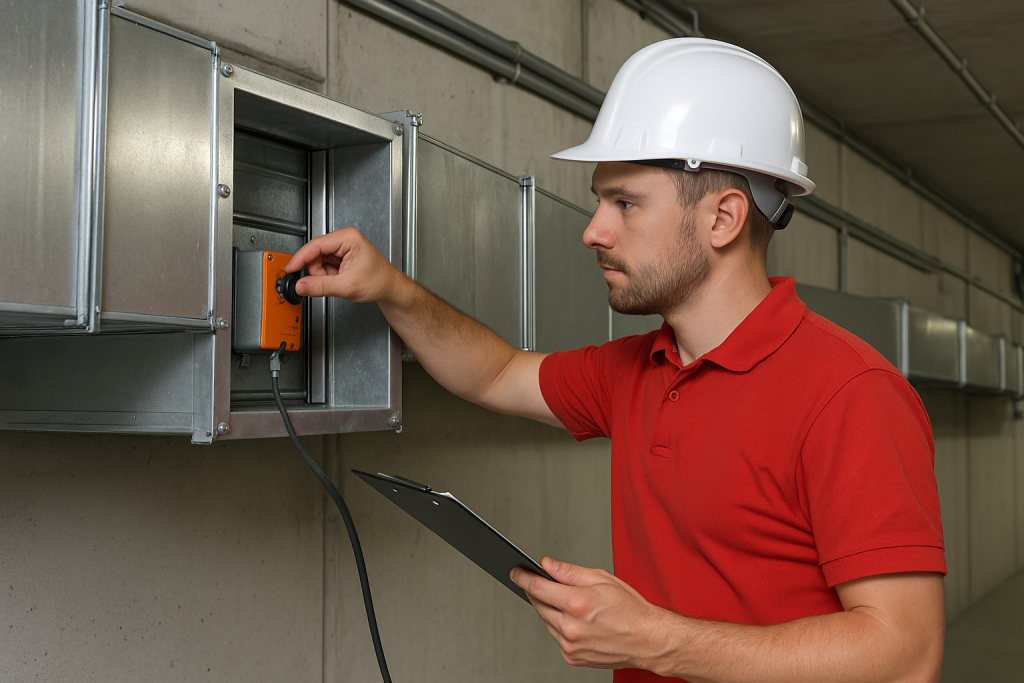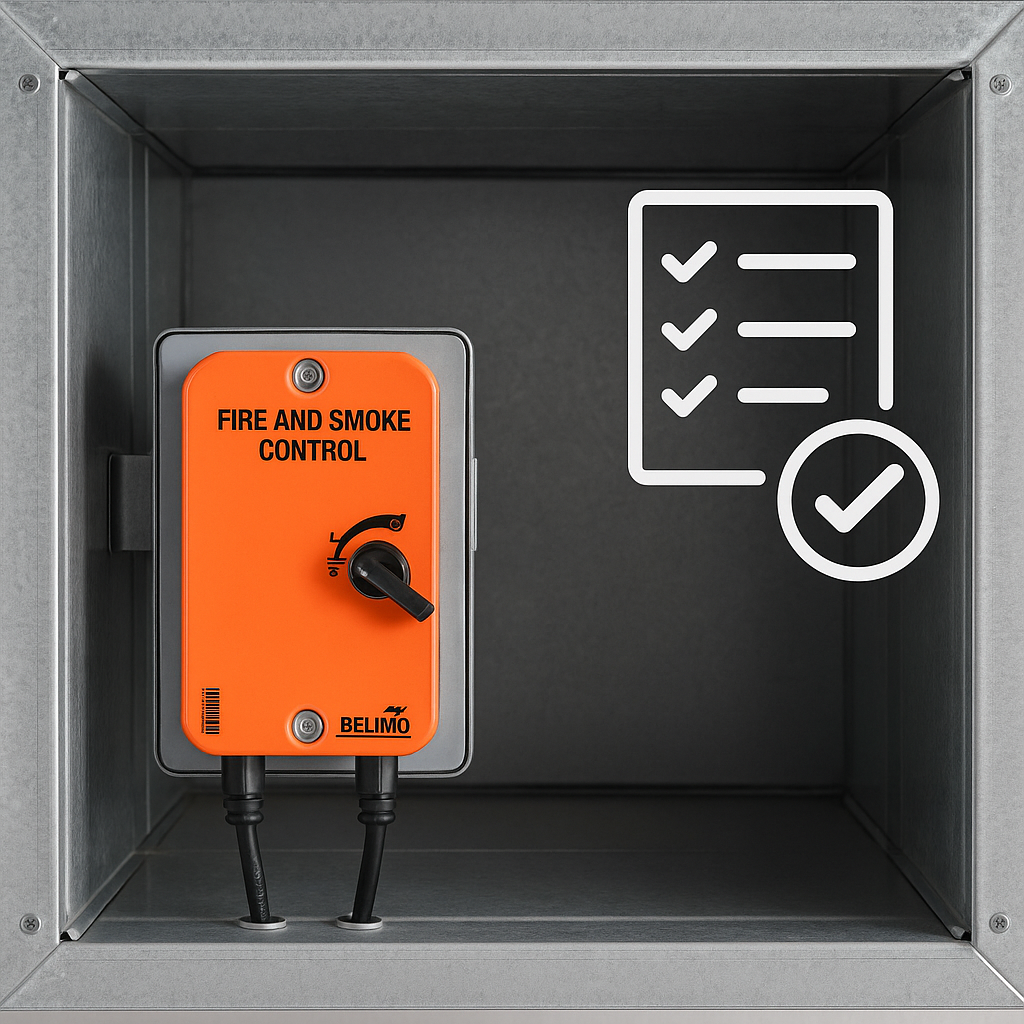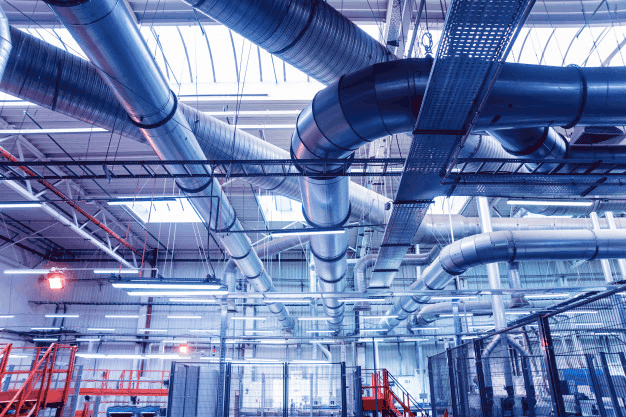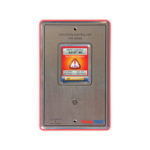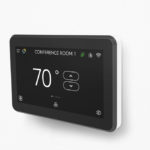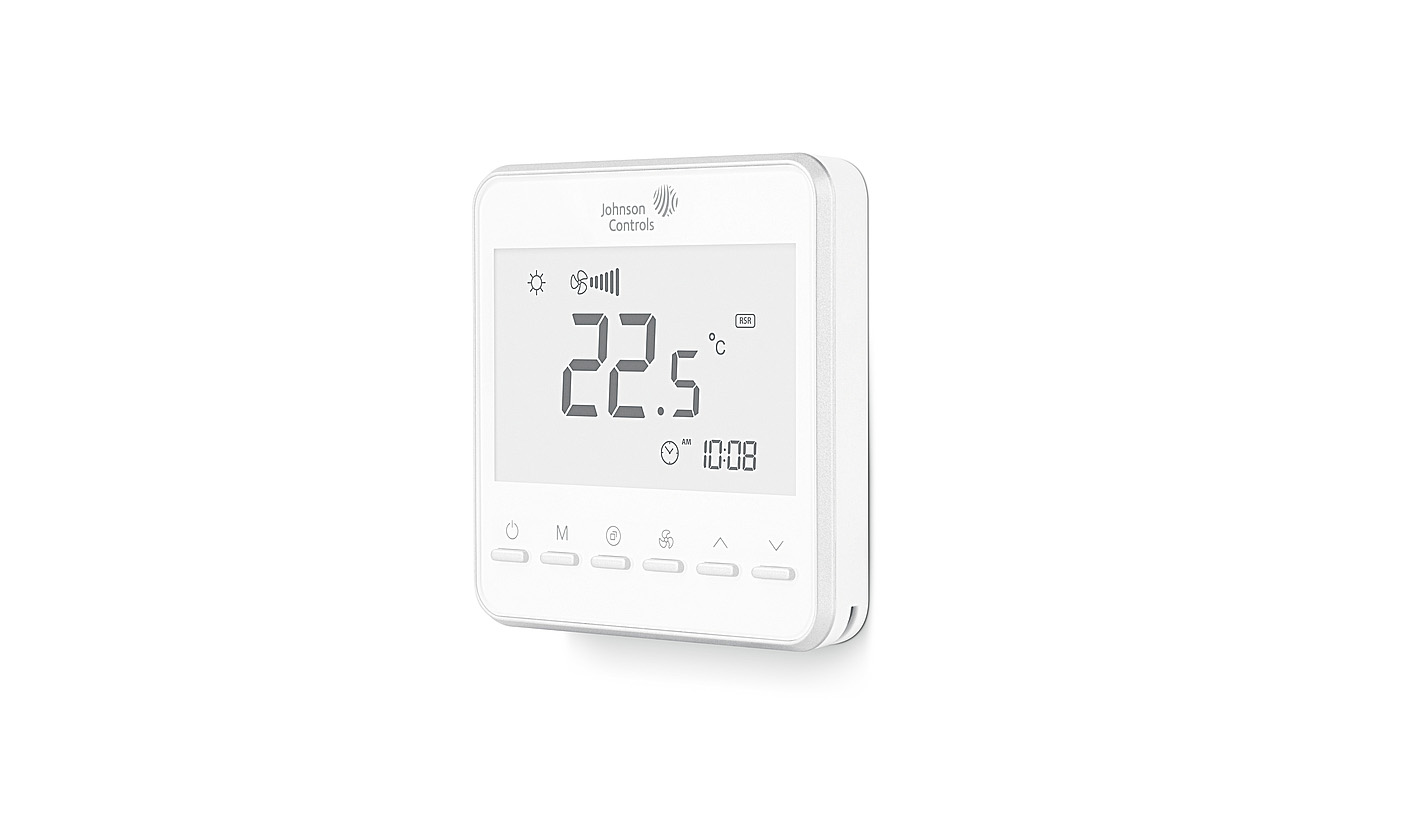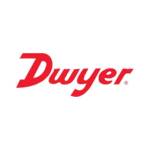Learn the simple rules for fire and smoke damper actuators in Australia. Testing, certificates, and AS 1851 compliance made easy for building owners and managers.
Understanding Fire and Smoke Damper Actuators: What You Need to Know in 2025
When it comes to building safety, fire and smoke damper actuators are the unsung heroes. Installed within heating, ventilation, and air conditioning (HVAC) ducts, these essential devices automatically close off ducts to stop fire and smoke from spreading through a building.
In this blog, we explain in simple terms what fire and smoke damper actuators do, what the regulations require in Australia, and what testing and certification you need to meet current standards.
What is a Fire and Smoke Damper Actuator?
A fire damper actuator is a motorised device that opens or closes a fire damper inside a duct. Under normal conditions, the damper stays open to allow air to flow. In a fire, the actuator automatically triggers the damper to close, helping to prevent flames and smoke from moving through the ventilation system.
Some actuators also respond to smoke, not just heat. These are called smoke damper actuators or combination fire and smoke damper actuators.
In simple terms:
- Fire damper actuators react to heat.
- Smoke damper actuators react to smoke.
- Combination actuators react to both.
Why Are Fire and Smoke Damper Actuators So Important?
In the event of a fire, minutes matter. Open ducts can become deadly highways for smoke and flames.
Closing off ductwork quickly:
- Protects evacuation paths like corridors and stairwells.
- Helps contain the fire to a smaller area.
- Buys valuable time for emergency services to respond.
If your building’s dampers and actuators don’t work properly, it can result in serious safety risks and potential legal action.
What Are the Australian Regulations for Fire and Smoke Damper Actuators?
In Australia, fire and smoke dampers (and their actuators) must comply with:
- AS 1682.1 and AS 1682.2 (Fire dampers design and installation)
- AS/NZS 1668.1 (Fire and smoke control in buildings)
- AS 1851 (Routine service of fire protection systems and equipment)
In simple words, this means:
- Dampers must be designed and installed correctly.
- Dampers and actuators must operate automatically when needed.
- Dampers must be tested and maintained regularly to prove they still work.
What Certificates and Testing Are Required?
1. Compliance Certificates
- New installations must come with a certificate stating that the damper and actuator meet Australian Standards.
- This usually includes a performance certificate from the manufacturer or installer.
2. Routine Testing and Maintenance (AS 1851 Requirements)
- Quarterly Checks: Visual inspections of actuator and damper condition.
- Yearly Tests: Functional testing to ensure the actuator triggers and the damper closes properly.
- Five-Yearly Testing: Full mechanical testing. This often involves resetting, lubricating, or replacing worn parts, and may include pressure testing.
3. Fire Safety Statement (for building owners)
- In most Australian states, building owners must submit an Annual Fire Safety Statement (AFSS). This certifies that all fire safety systems, including dampers and actuators, have been inspected, tested, and are compliant.
Important Tip: Always use qualified technicians who understand both HVAC systems and fire protection standards. Incorrect servicing can leave you exposed to compliance breaches or insurance issues.
Final Thoughts
Fire and smoke damper actuators are critical for protecting lives and property. Regular inspections, testing, and certification are not just regulatory hoops to jump through — they are essential for keeping your building and its occupants safe.
If you’re a building owner, manager, or contractor, make sure you’re scheduling regular maintenance according to AS 1851 and keeping up-to-date compliance records.
If you need help inspecting or servicing your building’s fire and smoke damper actuators, contact our team today — we make compliance simple!
Review the product range available.
